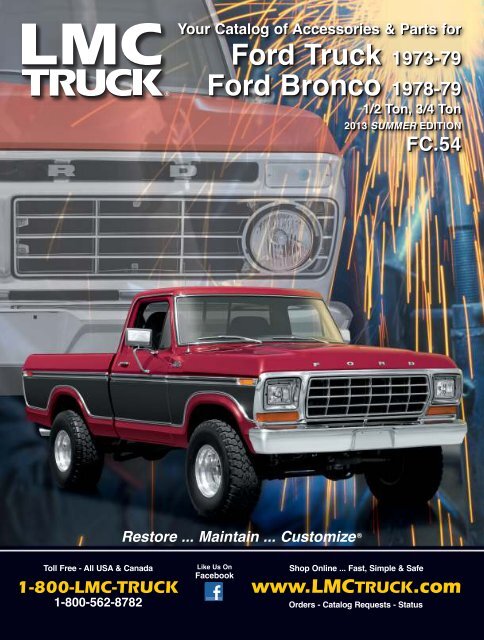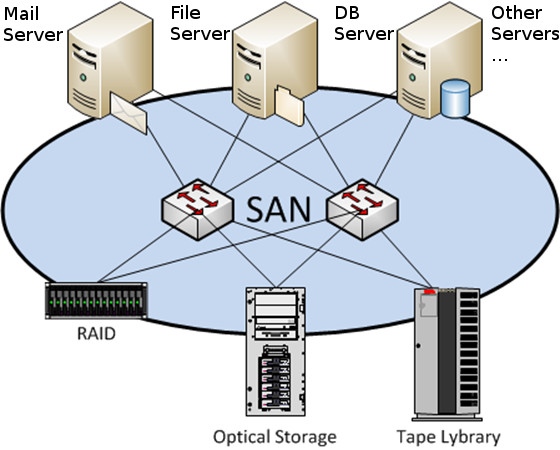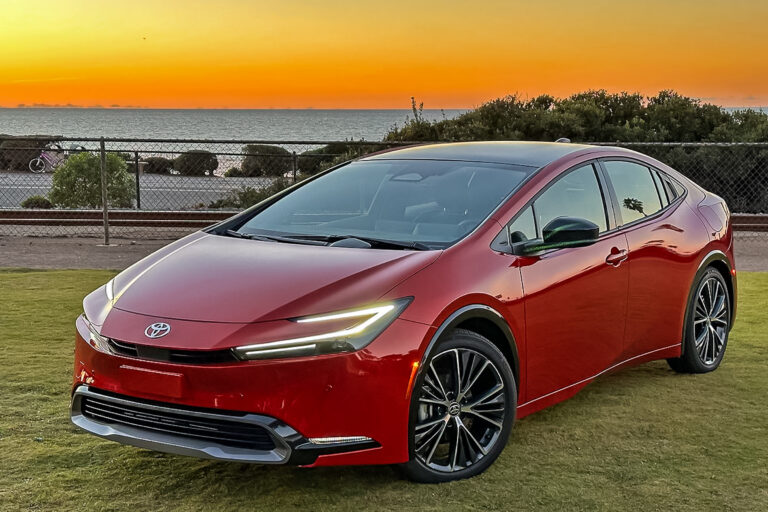Cheap New Trucks For Sale: Your Comprehensive Guide to Affordable Utility
Cheap New Trucks For Sale: Your Comprehensive Guide to Affordable Utility cars.truckstrend.com
In an era of escalating vehicle prices, the dream of owning a brand-new truck can often feel out of reach. Yet, for many, a truck isn’t a luxury; it’s a necessity for work, hobbies, or simply the demands of daily life. The good news is that "cheap new trucks for sale" isn’t an oxymoron. It represents a strategic approach to vehicle acquisition, focusing on value, essential utility, and smart buying decisions rather than compromising on quality or the benefits of a factory warranty.
This comprehensive guide will navigate the landscape of affordable new trucks, helping you understand what "cheap" truly means in this context, identify top contenders, master the art of the deal, and make an informed purchase that serves your needs without breaking the bank.
Cheap New Trucks For Sale: Your Comprehensive Guide to Affordable Utility
I. Defining "Cheap": Understanding Value in New Trucks
When we talk about "cheap new trucks," we’re not necessarily referring to poorly built vehicles or those with questionable reliability. Instead, "cheap" here signifies value-driven purchases. These are typically:
- Base Models/Entry-Level Trims: Stripped of non-essential luxury features, fancy infotainment systems, and premium materials. They focus on functionality.
- Smaller Engine Options: Often a 4-cylinder or a basic V6, offering sufficient power for most tasks without the higher cost and fuel consumption of larger V8s.
- Two-Wheel Drive (2WD): While 4WD is crucial for off-roading or heavy snow, 2WD is perfectly adequate for most urban and highway driving, significantly reducing the purchase price.
- Fewer Added Options: Avoiding expensive packages like technology, appearance, or off-road upgrades.

Understanding this definition is crucial. It means sacrificing some creature comforts or advanced capabilities you might not even need, in favor of a lower sticker price and often, better long-term ownership costs (fuel, insurance, maintenance). The goal is to find a brand-new, reliable workhorse that fulfills its primary purpose efficiently and affordably.
II. Top Contenders: Models That Deliver Affordability
The market for new trucks is dynamic, but certain models consistently offer compelling value at their entry-level trims. Here are some popular choices known for their affordability when purchased new and without excessive options:
A. Compact/Mid-Size Trucks (Starting MSRPs often under $30,000 – $35,000)
These trucks are perfect for urban environments, light hauling, and those who don’t need the immense size of a full-size pickup.

- Ford Maverick: Often cited as one of the most affordable new trucks, the Maverick comes standard with a fuel-efficient hybrid powertrain (or an optional EcoBoost engine). Its compact size makes it maneuverable, and its unibody construction provides a car-like ride. The base XL trim is truly no-frills but highly functional.
- Hyundai Santa Cruz: Similar to the Maverick in concept, the Santa Cruz blends SUV comfort with open-bed utility. Its base SE trim offers a lot of standard features for its price point, making it a strong value contender for those who appreciate a more refined interior.
- Nissan Frontier (S Trim): While often overlooked, the base Frontier S King Cab 2WD offers a robust V6 engine and solid truck capabilities at a competitive starting price. It’s a more traditional body-on-frame mid-size truck.
- Chevrolet Colorado / GMC Canyon (WT/Elevation Trim): The entry-level Work Truck (WT) for the Colorado or Elevation for the Canyon provides a solid foundation with a capable engine and practical features, making it an excellent option for those needing a bit more capability than a compact truck.

B. Full-Size Trucks (Starting MSRPs often $35,000 – $45,000)
Even full-size trucks have entry points designed for fleet buyers or individuals prioritizing capability over luxury.
- Ram 1500 Classic (Tradesman Trim): Ram continues to sell the previous generation 1500 as the "Classic" model. The Tradesman trim, especially with a Quad Cab and 2WD, is consistently one of the most affordable full-size trucks available new, offering V6 or V8 power at a lower price point.
- Ford F-150 (XL Trim): The F-150 XL is the quintessential work truck. While the F-150 can quickly escalate in price, the base XL with a regular cab, 2WD, and the standard V6 engine is a surprisingly affordable entry into America’s best-selling truck lineup.
- Chevrolet Silverado 1500 / GMC Sierra 1500 (WT/Pro Trim): Similar to the F-150, the Silverado 1500 Work Truck (WT) or Sierra 1500 Pro trims are designed for utility. With basic interiors and essential features, they offer full-size capability at the lowest possible new price.
Note: Prices are estimated starting MSRPs and can vary significantly based on location, current incentives, and market conditions. Always check manufacturer websites and local dealer inventories for the most up-to-date pricing.
III. Strategies for Snagging a Deal on a New Truck
Finding a cheap new truck isn’t just about picking the right model; it’s also about employing smart buying strategies.
A. Targeting Base Trims and Essential Features
This is the golden rule. Every manufacturer offers "Work Truck" (WT), "XL," "S," "Tradesman," or "Pro" trims. These are designed with minimal frills but maximum utility. Resist the urge to add options you don’t genuinely need. Do you really need leather seats, a premium sound system, or a large touchscreen if your primary goal is affordability and hauling? Focus on what gets the job done.
B. Exploring Smaller Engine Options and 2WD
- Engine: Opt for the standard engine, usually a 4-cylinder or a basic V6. These are often more fuel-efficient and significantly cheaper than larger V8s or turbocharged upgrades. Unless you’re towing extreme loads regularly, the base engine is likely sufficient.
- Drivetrain: If you don’t live in an area with heavy snow or frequently go off-road, 2WD (rear-wheel drive for most trucks) is considerably cheaper than 4WD. It also tends to be lighter, offering slightly better fuel economy.
C. Timing Your Purchase Right
- End of the Model Year (Late Summer/Fall): As new model years arrive, dealers are keen to clear out old inventory. This is prime time for discounts on the outgoing model.
- End of the Month/Quarter: Salespeople and dealerships often have quotas. Towards the end of a sales period, they might be more willing to negotiate for a sale.
- Holidays: Major holidays like Memorial Day, Fourth of July, Labor Day, and Black Friday often come with special manufacturer incentives.
D. Leveraging Manufacturer Incentives and Rebates
Always check manufacturer websites for current promotions. These can include:
- Cash Back Offers: Direct money off the purchase price.
- Low-Interest Financing (APR): Significantly reduces the total cost of the loan.
- Lease Deals: While leasing isn’t buying, it can offer a low monthly payment for a new truck, though you won’t own it at the end.
- Special Programs: Discounts for military personnel, first responders, recent college graduates, or specific professions.
E. Negotiation Tactics
- Do Your Research: Know the invoice price (what the dealer paid) and average selling prices in your area. Websites like Kelley Blue Book (KBB) and Edmunds can provide this data.
- Get Multiple Quotes: Contact several dealerships, even out of town. Use their competing offers to drive down the price.
- Focus on the Out-the-Door (OTD) Price: Don’t just negotiate the MSRP. Ask for the full OTD price, which includes all fees, taxes, and potential add-ons.
- Be Prepared to Walk Away: Your strongest negotiating tool is your willingness to leave if the deal isn’t right.
- Separate Trade-in and Financing: Negotiate the truck price first. Then, discuss your trade-in value and financing options.
F. Considering Last Year’s Models
A truck from the previous model year, still brand new on the lot, can be a fantastic deal. It’s technically "new" but often comes with significant discounts because it’s no longer the "current" year’s hot item. The differences between consecutive model years are often minimal, especially for base trims.
G. Factory Orders vs. Lot Inventory
If you’re specific about features and want to avoid paying for unwanted options, a factory order can sometimes be more cost-effective. However, it requires patience. Dealers are often more willing to negotiate on vehicles already on their lot that they want to move quickly.
IV. Important Considerations Beyond Price
While the sticker price is paramount, smart buyers look at the total cost of ownership.
A. Fuel Economy
A truck with slightly higher MSRP but significantly better MPG could save you thousands over its lifespan. Smaller engines and 2WD typically offer the best fuel economy.
B. Resale Value
Some brands and models hold their value better than others. Researching projected resale values can give you an idea of how much you might get back when you eventually sell or trade in the truck.
C. Reliability and Maintenance Costs
Research independent reliability ratings (e.g., Consumer Reports, J.D. Power). A cheaper truck that constantly needs repairs or has expensive parts will quickly negate initial savings.
D. Practicality vs. Wants
Be brutally honest about your needs. Do you really need a crew cab if you rarely carry passengers? Is a long bed necessary for your typical hauling tasks? Every upgrade adds cost.
E. Insurance Costs
Truck insurance can be expensive. Get quotes for specific models and trims before you buy. Factors like engine size, trim level, and safety features can impact premiums.
V. Potential Challenges and Solutions
Even with the best strategies, you might encounter hurdles when seeking a cheap new truck.
A. Limited Inventory of Base Models
Challenge: Dealerships often prioritize stocking higher-trim, more profitable vehicles. Finding a true base model on the lot can be difficult.
Solution: Be prepared to broaden your search radius, use dealer websites to search inventory, or consider a factory order if you’re not in a hurry.
B. Dealer Markups/Add-ons
Challenge: Some dealerships try to add "market adjustments," unwanted accessories (paint protection, nitrogen in tires), or administrative fees.
Solution: Scrutinize the sales contract. Firmly refuse any add-ons you didn’t agree to. Negotiate the "out-the-door" price to include all fees upfront.
C. Pressure to Upgrade
Challenge: Salespeople are trained to upsell. They might try to convince you that a higher trim is "only a few dollars more per month."
Solution: Stick to your budget and needs. Remember your primary goal: a cheap new truck. Politely but firmly decline upgrades you don’t want or can’t afford.
D. Finding Financing
Challenge: While the truck is cheap, getting a good interest rate without a strong credit score can be tough.
Solution: Shop for pre-approved loans from banks or credit unions before you visit the dealership. This gives you leverage and a benchmark for comparison.
VI. Estimated Price Table: Cheap New Trucks For Sale (Base Trims)
Please note: All prices are estimated starting MSRPs for base, 2WD models (unless specified) and are subject to change based on manufacturer updates, market conditions, regional pricing, and dealer incentives. They do not include destination charges, taxes, or additional options. Always check current dealer listings for precise pricing.
| Make/Model | Estimated Starting MSRP (2WD, Base Trim) | Body Style | Standard Engine (Base) | Estimated MPG (Combined) | Key Feature (Base Trim) |
|---|---|---|---|---|---|
| Ford Maverick (XL) | ~$24,000 | Compact Crew Cab | 2.5L Hybrid I4 | 37 MPG | Unibody, FWD, Hybrid |
| Hyundai Santa Cruz (SE) | ~$28,000 | Compact Crew Cab | 2.5L I4 | 23 MPG | Unibody, FWD, Modern Tech |
| Nissan Frontier (S King Cab) | ~$31,000 | Mid-Size Extended Cab | 3.8L V6 | 20 MPG | Traditional Body-on-Frame |
| Chevrolet Colorado (WT) | ~$31,000 | Mid-Size Crew Cab | 2.7L Turbo I4 | 20 MPG | Strong Engine, Capable |
| Ram 1500 Classic (Tradesman) | ~$39,000 | Full-Size Quad Cab | 3.6L V6 eTorque | 22 MPG | Full-Size Utility, Value |
| Ford F-150 (XL Regular Cab) | ~$39,000 | Full-Size Regular Cab | 3.3L V6 | 21 MPG | America’s Best-Seller |
| Chevy Silverado 1500 (WT Regular Cab) | ~$38,000 | Full-Size Regular Cab | 2.7L Turbo I4 | 21 MPG | Workhorse, Powerful Base |
VII. Frequently Asked Questions (FAQ) about Cheap New Trucks
Q1: What is the absolute cheapest new truck I can buy?
A1: Currently, the Ford Maverick XL (hybrid FWD) is generally considered the new truck with the lowest starting MSRP. The Hyundai Santa Cruz SE is a close second.
Q2: Are base model trucks reliable?
A2: Absolutely. Base models often use proven powertrains and fewer complex electronic systems, which can sometimes lead to better long-term reliability than higher trims packed with experimental tech. Manufacturers stake their reputation on their entry-level vehicles.
Q3: Can I really negotiate the price of a new truck, even a cheap one?
A3: Yes, almost always. While margins on base models might be tighter, there’s usually room to negotiate. Research the invoice price, compare quotes from multiple dealers, and aim for a fair "out-the-door" price.
Q4: Is it better to buy or lease a cheap new truck?
A4: If your goal is long-term ownership and maximum affordability over time, buying is usually better. Leasing offers lower monthly payments but means you don’t own the vehicle at the end of the term and can incur mileage penalties. For a "cheap new truck," buying is typically the more financially sound choice.
Q5: How much should I expect to pay for insurance on a cheap new truck?
A5: Insurance costs vary widely based on your location, driving record, age, credit score, and the specific truck model. Generally, smaller, less powerful trucks (like the Maverick or Santa Cruz) will have lower insurance premiums than full-size V8 trucks. Always get multiple insurance quotes before committing to a purchase.
Q6: What’s the best time of year to buy a cheap new truck?
A6: The best times are typically late summer/early fall when new model years are arriving, or at the end of the month/quarter when dealerships are trying to meet sales quotas. Major holiday sales events can also offer good deals.
Q7: Will a cheap new truck have basic safety features?
A7: Yes. All new vehicles sold today are required to meet certain safety standards. Even base models will come with airbags, anti-lock brakes (ABS), stability control, and often a rearview camera. Many now include basic driver-assist features like automatic emergency braking as standard, even on lower trims.
Conclusion
The quest for "cheap new trucks for sale" is a journey towards smart automotive ownership. It’s about recognizing that utility doesn’t always come with a premium price tag. By focusing on base models, understanding the value of essential features, employing strategic negotiation tactics, and considering the total cost of ownership, you can absolutely drive off the lot in a brand-new truck that meets your needs without emptying your wallet.
Patience, thorough research, and a clear understanding of your priorities are your most valuable tools. With the right approach, your dream of owning a reliable, affordable new truck can become a reality.





